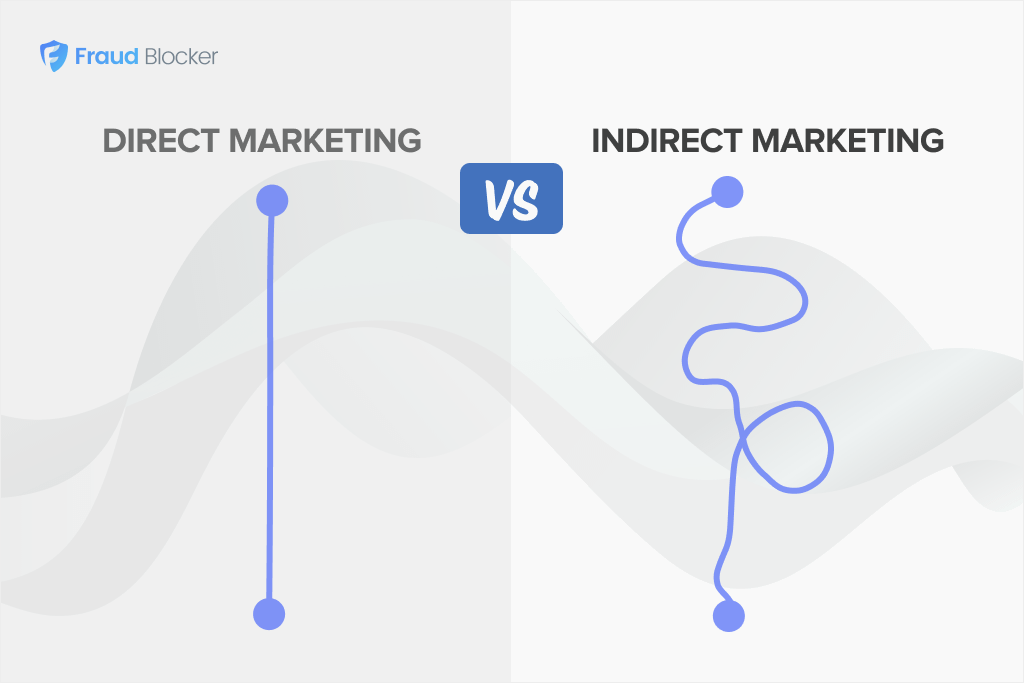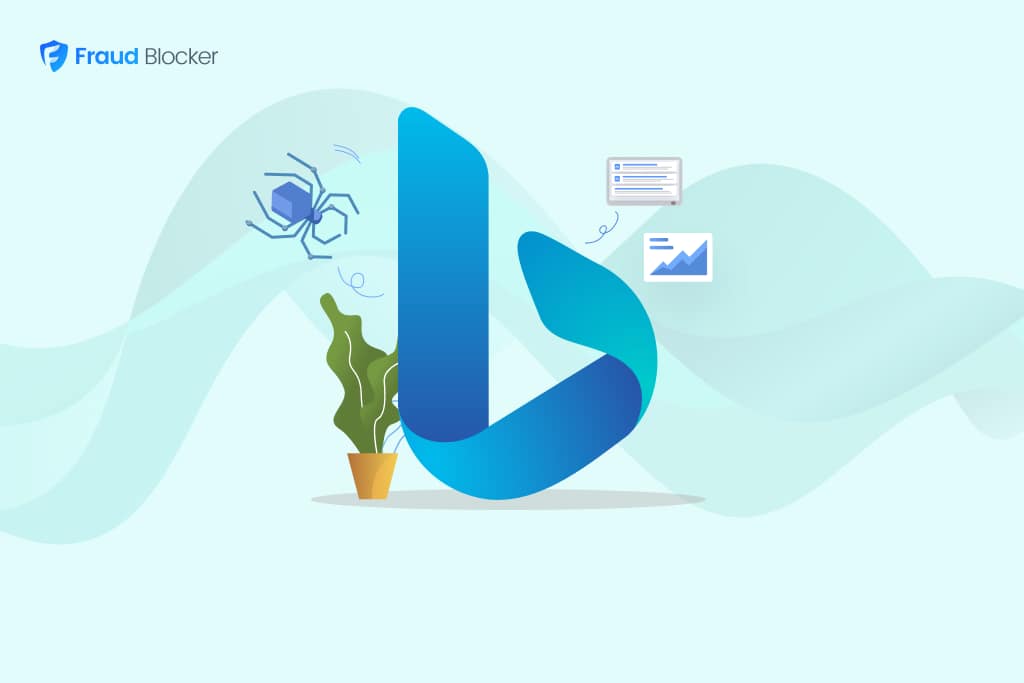
NEW New feature: Verify & block fake emails

We improve your ad performance by blocking click fraud and fake emails

Click fraud is costing advertisers billions in loses. Learn more here.

Click fraud is costing advertisers billions in loses. Learn more here.
Google Ads’ CPAs and CPCs have been rising steadily over the past few years. At the same time, conversion rates have been decreasing, with some industries seeing up to a 80.97% drop YoY, according to Wordstream.
While Google remains the biggest ad platform, it isn’t always the best channel if your goal is lower acquisition costs or better return on ad spend.. This is why some advertisers look for ad alternatives.
With 45+ years of performance marketing experience and over $100M in ad spend managed across B2B SaaS, fintech, marketplaces, and e-commerce, we’ve tested just about every paid channel out there.
In this guide, we’ll share the top Google Ads alternatives worth your time in 2025.
These aren’t just “other platforms you could try.” They’re the ones we’ve seen work in real campaigns, across different industries, with budgets big and small. We’ll break down why each one deserves a spot in your media mix, and what type of advertiser will get the most from it.
When it comes to B2B, nothing compares to LinkedIn. The platform lets you target by job title, seniority, company size, and industry, putting your ads directly in front of the decision-makers who matter.
CPCs are higher than other platforms ($5.58 vs. Google’s $2.69), but the lead quality more than makes up for it. For SaaS, fintech, and professional services, LinkedIn is the best source of qualified traffic ready to enter the pipeline. Paired with strong content offers and insights from the LinkedIn Ad Library, the ROI can be exceptional.
Best for: Choose LinkedIn Ads if you’re in B2B or SaaS and want direct access to high-value decision-makers.
Reddit is organized into thousands of subreddits around specific interests, making it ideal for highly targeted campaigns. It performs especially well in industries like crypto, gaming, fitness, and tech.
CPCs are lower than most platforms (typically between $0.50 and $4.00) but not every campaign succeeds. We’ve run some that delivered strong ROI and others that fell flat. The key, we’ve found, is authenticity, smart targeting (keyword targeting worked best for us), and regularly refreshing creative. Otherwise, your ads will get ignored.
As Zapier put it, “Reddit users are particularly sensitive to overtargeting and tend to hold anti-advertising views.”
As a contributor on Zapier put it, “Reddit users are particularly sensitive to overtargeting, and tend to hold anti-advertising views.”
Best for: Choose Reddit Ads if your product or service aligns with passionate, niche communities where authenticity drives conversions.
If you want the closest thing to Google Ads with lower CPCs and CPAs, Microsoft Advertising (formerly Bing Ads) is a strong contender. CPCs often run 30–70% cheaper than Google, letting you stretch budgets while still capturing high-intent traffic.
Microsoft’s search network covers Bing, Yahoo, and even DuckDuckGo, providing more reach than most expect.
They’ve also been expanding their product suite, including their own version of Performance Max launched in 2023/early 24.
For B2B, finance, and industries where desktop use is strong, Microsoft Ads can deliver ROI that rivals Google with a lower cost per acquisition.
Best for: Use Microsoft Ads if you want cheaper CPCs and reliable conversion rates on high-intent searches, especially for desktop-heavy industries.
Meta’s ad network (Facebook + Instagram) remains one of the most efficient ways to reach consumers at scale. Targeting is extensive, from demographics and interests to advanced lookalike audiences. Combine that with Meta’s Advantage+ campaign types, and you have a system that drives conversions across the funnel.
We’ve seen Meta deliver strong ROI for e-commerce and lead generation when campaigns are structured properly. Creative is the deciding factor: short-form videos and scroll-stopping visuals outperform static ads almost every time. While CPCs have risen, costs are still competitive, and the reach is unmatched for B2C brands.
Best for: Use Meta Ads if you need broad reach and proven ROI for consumer-facing products.
If your app lives in the App Store, Apple Search Ads (ASA) are almost essential for growth, especially after Apple’s 2021 App Tracking Transparency update made attribution harder elsewhere.
Ads appear across placements like the Today Tab, Search Results, and competitor product pages, reaching users actively searching for apps. The platform operates on a “Cost per Tap” model (similar to Cost per Click) with no minimum spend requirement, making it accessible for any budget size.
Apple’s biggest advantage is accurate, first-party attribution within its own ecosystem. You can clearly see which ads drive installs and in-app actions. With Basic and Advanced modes, ASA fits both beginners and experienced advertisers who need granular targeting.
Best for: Use Apple Search Ads if you want to reach iOS users with high intent and track performance accurately within Apple’s ecosystem.
Affiliate marketing flips the script on paid ads. Instead of buying impressions or clicks, you partner with publishers or influencers who promote your product and only pay them when they drive a conversion.
It’s one of the lowest-risk acquisition channels when managed well. We’ve seen it work best for e-commerce and subscription products with strong margins and clear value propositions. The main challenge is quality control; not all affiliates are equal, and poor oversight can lead to wasted payouts or affiliate fraud.
Best for: Use affiliate marketing if you want a performance-based channel where you only pay for actual results, not just traffic or impressions.
If you sell physical products, Amazon Ads is one of the most effective ways to capture high-intent buyers. Ads appear on product detail pages and search results inside the marketplace (both places where people are ready to purchase.)
The combination of first-party shopping data and keyword-level targeting gives Amazon a competitive conversion rate (10.33% according to Ad Badger).
Best for: Use Amazon Ads if you sell on Amazon or in e-commerce and want to reach shoppers who are already ready to buy.
Google Ads is still the backbone of most digital ad strategies. But over the past few years, the platform has become more expensive, more competitive, and in some cases, harder to track. That’s why advertisers are expanding their mix instead of relying on one channel.
Here are the biggest reasons to look for alternatives right now:
Bottom line: Google Ads is still powerful, but it’s no longer the only channel you should depend on. Building a broader ad strategy gives you more stability and more opportunities to find efficient growth.
Exploring alternatives to Google Ads is one of the smartest ways to lower CPCs and reach new audiences. But no matter where you advertise, wasted spend from bots and fake clicks is still a real threat, especially on Google and Meta, where most advertisers run the bulk of their campaigns. Advertisers lost $84 Billion to ad fraud in 2023 alone, with the number estimated to reach $170 Billion by 2028.
Even if you branch out into alternatives, Google and Meta are likely to remain part of your media mix. Protecting your campaigns in these channels from fraud ensures the rest of your strategy has a strong, profitable foundation.
This is where Fraud Blocker can help. Our solution protects your budgets by automatically blocking fraudulent clicks before they derail your campaigns.
Start your 7-day free trial today and see how much you can save by protecting your campaigns from invalid clicks.

ABOUT THE AUTHOR
Brandon Tome
Brandon is the co-founder and Chief Growth Officer at Fraud Blocker with 15+ years of performance marketing experience and $100M in direct ad spend management. He specializes in driving growth and maximizing ROAS across B2B SaaS, fintech, marketplaces and more.
Brandon is the co-founder and CGO at Fraud Blocker with 15+ years of performance marketing experience. He specializes in driving growth and maximizing ROAS across B2B SaaS, fintech, marketplaces and more.


